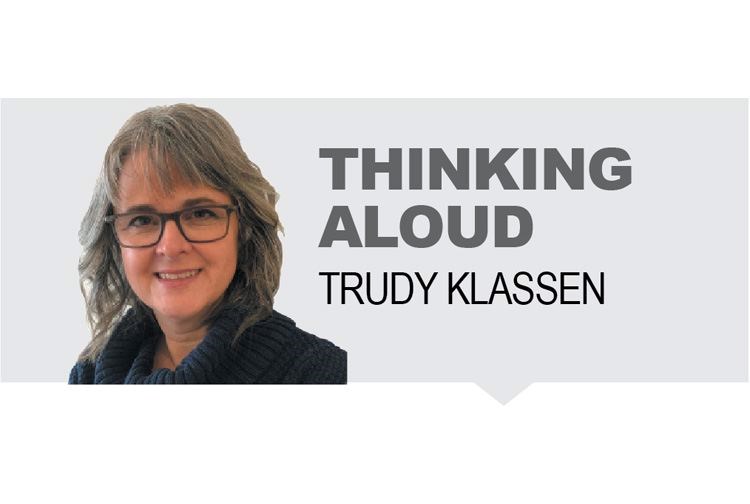In the last two weeks of March, many of us were glued to the news, checking and rechecking the stats, watching COVID-19 infections spiking ever upward.
The horror of watching Italian hospitals triage ventilators made the sense of urgency very real and valid. Combined with the knowledge of how poorly prepared Canada was for a pandemic, this was enough to convince most of us into compliance with whatever our public health officials recommended.
Now that the curve is flattened, it is time to begin thinking long-term about how to open up our province for business and to think about other things that could kill us. Things like delayed surgeries, treatments, medical appointments and exams. Suicide, overdoses, and domestic violence all spike when social isolation and economic hardship increases.
The number of delayed surgeries alone is alarming. “By May 18, 2020, an estimated 30,000 non-urgent (non-emergency) scheduled surgeries will have either been postponed or left on a waitlist due to COVID-19. A further 24,000 patients could also be without a referral to a waitlist,” according to the provincial government.That’s a lot of people in pain and/or not working.
To deal with the surgery backlog, the BC government is spending an additional $250 million per year but it will take two years.
“Health authorities will extend operating room hours into the evenings and weekends, open old operating rooms, and continue to pay for surgeries at private facilities,” Health Minister Adrian Dix told the Vancouver Sun.
Public health should be front and foremost during a pandemic, but when the risk has been reduced, we need to bring in knowledge and data from a wider range of concerns to avoid causing more harm with the cure, than from the illness itself. These decisions and directions need to be made by politicians, considering the advice from experts, representing a broad range of health, economic, and social considerations from across the province.
Another aspect to consider is that we do not want to open up only to shut down again, due to a huge spike in cases. As a viable vaccine may be unlikely (there is still no MERS or SARS vaccine) we need to understand more about how the virus is spreading so that opening decisions can be made more wisely.
For those who would like to learn more, there is now some interesting data to be found about how COVID 19 spreads. Jonathan Kay, Canadian editor of The Quillette has a podcast and a few articles compiling the available data about how the virus seems to be spreading in “Super-Spreader” events where many people get infected at once. His main point is we need better science to make better decisions to avoid future shutdowns, so that our economy and social life can adjust to the new reality.
With only a declining number currently in ICU due to COVID-19 across the province, the worst danger seems past. However, the middle and ending of a pandemic probably present more political danger than the beginning; so, in order to maintain the public’s trust, any increased restrictions (like the maximum 50-car public event) will have to be carefully explained scientifically, so that people can understand the rationale. Otherwise, the public will ignore the warnings. Public Health depends on the public’s trust in the decision-makers, so we need good decisions that are scientific and make sense.
Remember, our goal was to flatten the curve so that our healthcare system could handle it, not to kill our economy and lifestyle.



